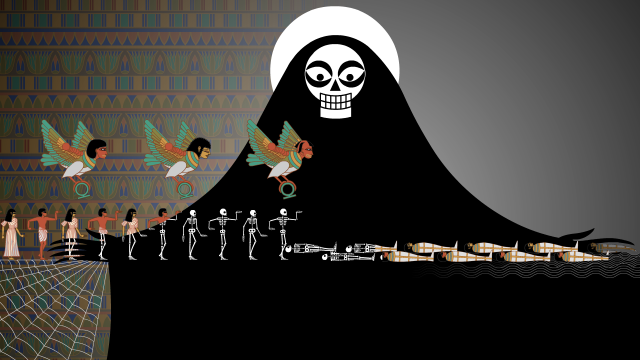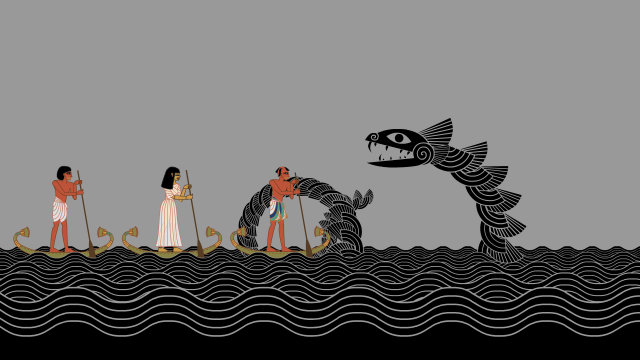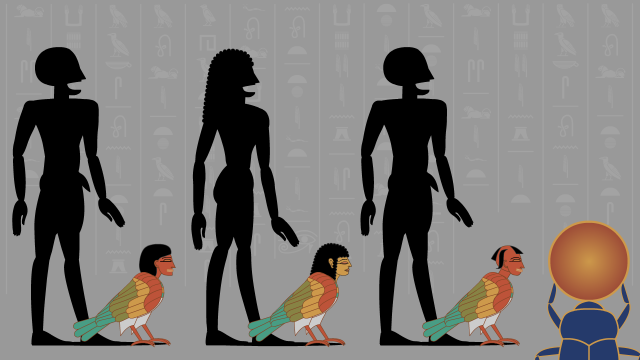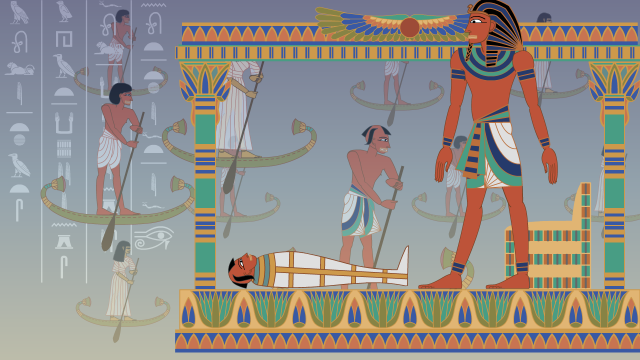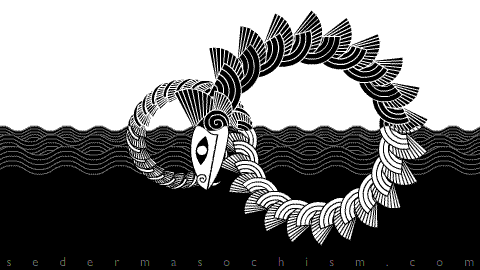Hopefully an improvement on my previous Burning Bush design which I made a few years ago. The new design can do this:
Coming Soon
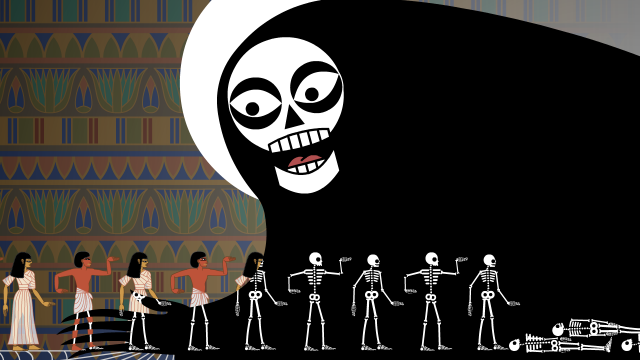 I just finished animating the “Death of the Firstborn Egyptians” (Exodus 12) scene for Seder-Masochism. It clocks in at 7 minutes 6 seconds. As soon as it gets some extra sound effects I’ll release it online, coinciding with a fundraising drive for the movie. Meanwhile here are some stills.
I just finished animating the “Death of the Firstborn Egyptians” (Exodus 12) scene for Seder-Masochism. It clocks in at 7 minutes 6 seconds. As soon as it gets some extra sound effects I’ll release it online, coinciding with a fundraising drive for the movie. Meanwhile here are some stills.
Leviathan/Apep in the sea
ba ba black background
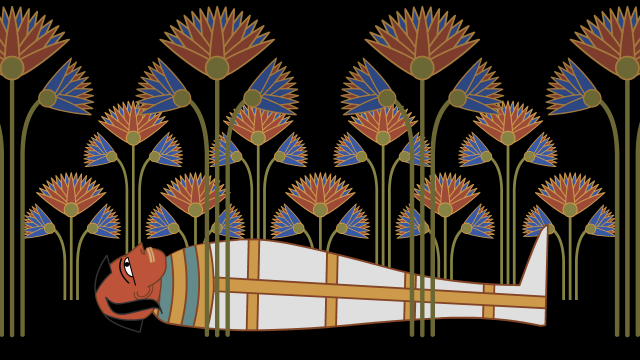
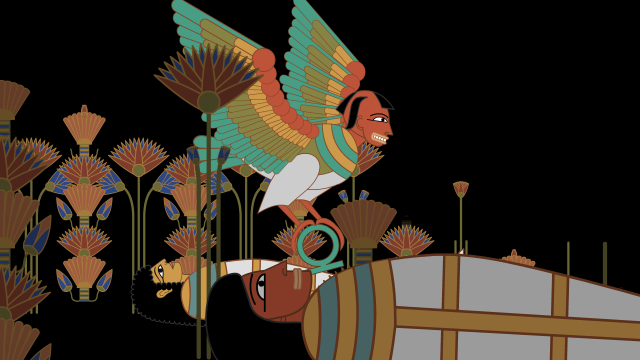
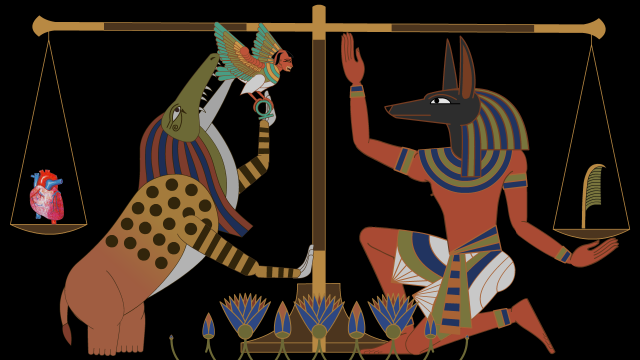
More “Death of the Firstborn Egyptians” scenes for Seder-Masochism. I’m using a plain black background in these scenes to suggest the dead are “inside” Death, but the Egyptian art I’m basing it on have light backgrounds, so it’s a bit of a stretch.
How to make a Leviathan in Macromedia Flash 8
People have been asking how I made this, so I took some screen shots:
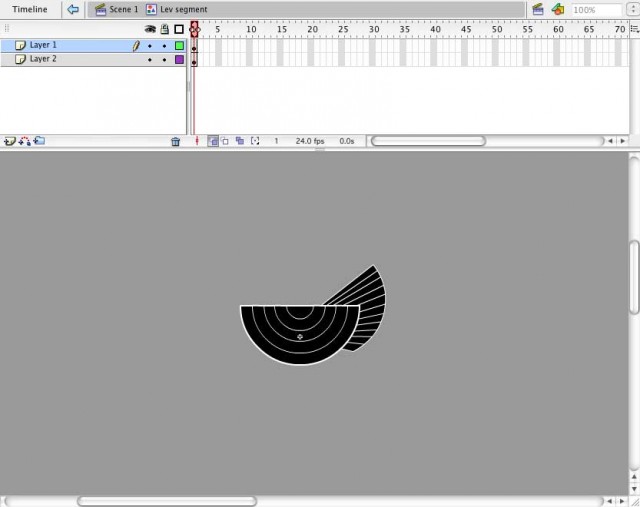
Continue reading “How to make a Leviathan in Macromedia Flash 8”
Leviathan Redux
I’m adapting the Leviathan I designed a few years ago into an Apep for the “Death of the Firstborn Egyptians” scene of Seder-Masochism. It’ll look more Egyptian later, but right now I’m just happy with the movement, which I re-timed to go with the music. It has a beat every 17 frames, kind of a pain to adjust but I’m pleased with the rhythm.



